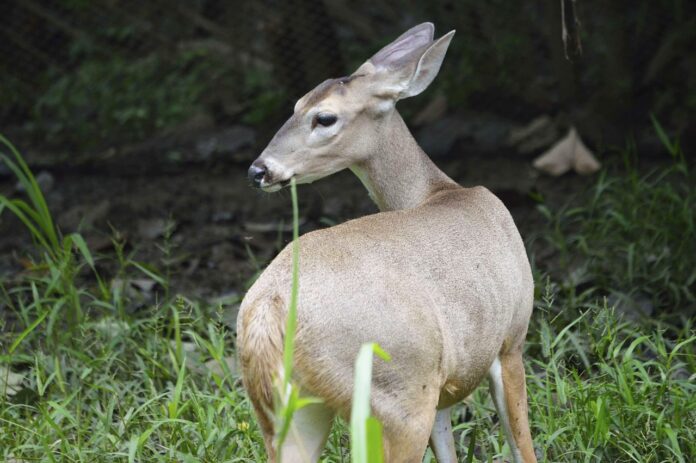Roe deer, relatives of deer, are animals that are rightfully considered very charming. Their gentle nature, graceful physique, and peaceful behavior have made them favorites among many people, despite the fact that they can only be admired from a distance, as they are not domesticated.
Facts About Roe Deer:
- In winter, the fur of roe deer changes color from reddish to gray. However, this depends on their habitat—populations living in warmer areas do not molt for winter.
- These animals are sometimes referred to as wild goats, but this is not entirely accurate. They belong to the deer family, not the goat family.
- Roe deer search for food in the morning and evening, spending the rest of the time resting in beds on forest clearings.
- Roe deer are not monogamous animals; they usually form new pairs each breeding season.
- Roe deer stand between 60-90 cm tall, can reach up to 140 cm in length, and may weigh up to 37 kg.
- The most common species of roe deer are European, Asian, and Siberian. They exhibit similar behavior and lifestyles but differ mainly in size.
- Each individual has a unique scent, which helps other members of the species determine its age, size, gender, and other characteristics.
- The eyes of these animals have an unusual shape—the pupils are slanted, and the irises are always brown. According to legend, it is this eye shape that gave the roe deer its name in Russian, “kosulya,” which is derived from the word “kosoy” (cross-eyed).
- The neck length of some individuals can reach 30% of their body length.
- Roe deer primarily move by jumping, covering distances of up to 5-6 meters in a single leap.
- The gestation period for roe deer is approximately 9-10 months, similar to that of humans.
- Roe deer always stay close to water sources. They drink a lot and often, and predators often lie in wait for their prey at watering holes.
- Forest roe deer can survive on dew or rainwater collected on leaves, allowing them to go without other sources of fresh water for extended periods.
- Roe deer have two hooves on each leg that appear to be fused. In the event of a predator attack, these sharp-edged hooves can become formidable weapons.
- Roe deer never venture into fields where livestock are grazing or have recently grazed, as they perceive the grass there as not clean enough to eat.
- In the fall, when grass is scarce, roe deer feed on nuts and other forest fruits (acorns, chestnuts, blueberries, sea buckthorn, beech nuts). Their winter diet includes acorns, turnips, and other foods. During severe frost, roe deer gnaw on young tree branches.
- In the 1960s, these animals were on the brink of extinction, as people hunted them, considering them pests that damaged forests and, consequently, the forestry industry.
- Roe deer fawns are born with spots, which they lose by the time they are three months old.
- Despite their naturally cautious and skittish nature, male fights during the mating season are surprisingly brutal and often result in serious injuries.
- Frightened roe deer emit sounds resembling dog barks.
- All species of roe deer have tails, but they are very short, usually no longer than a few centimeters.
- These are not herd animals; they usually form small groups of 3-5 individuals. Larger gatherings are only seen in the fall.
- Orphaned fawns are usually “adopted” by other adult roe deer, who take care of them.
- During the mating season, males may even attack humans if encountered. They will attack anyone they see.
- Newborn roe deer have very few sweat glands, so they emit almost no scent, which helps them hide from predators.
